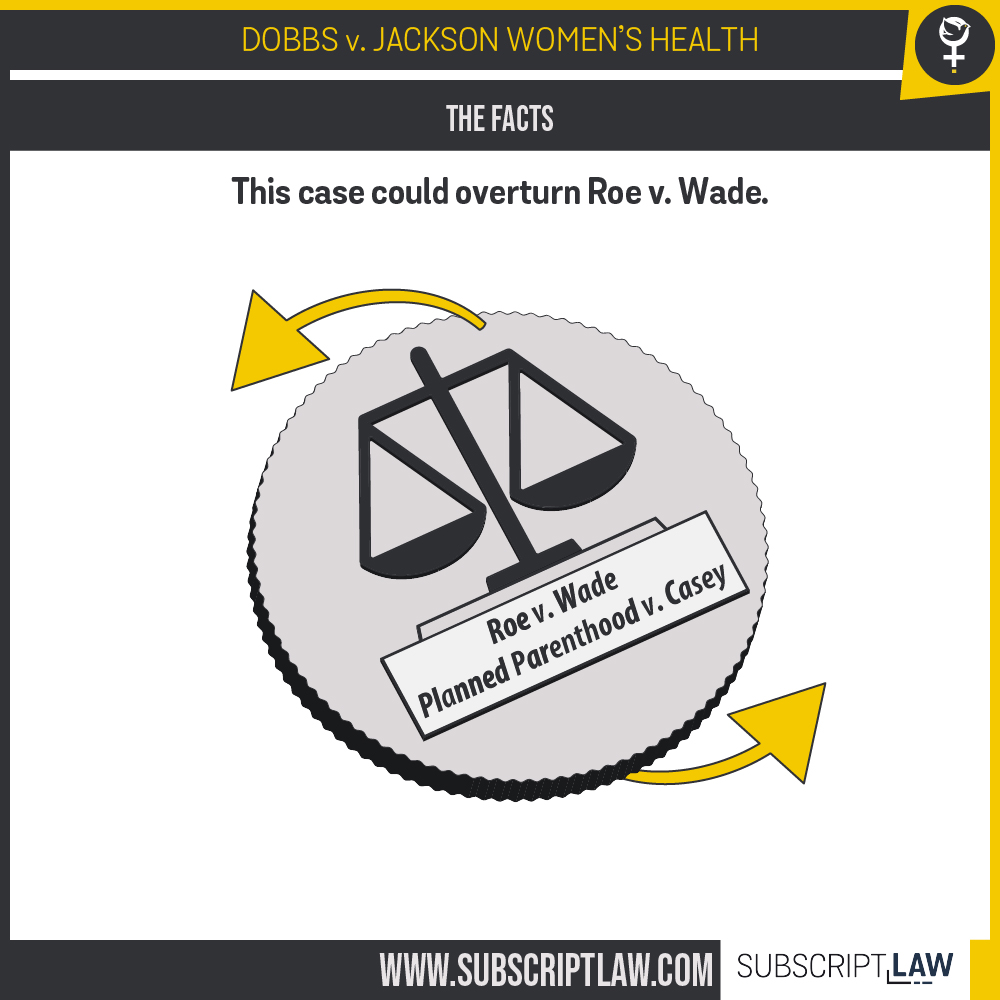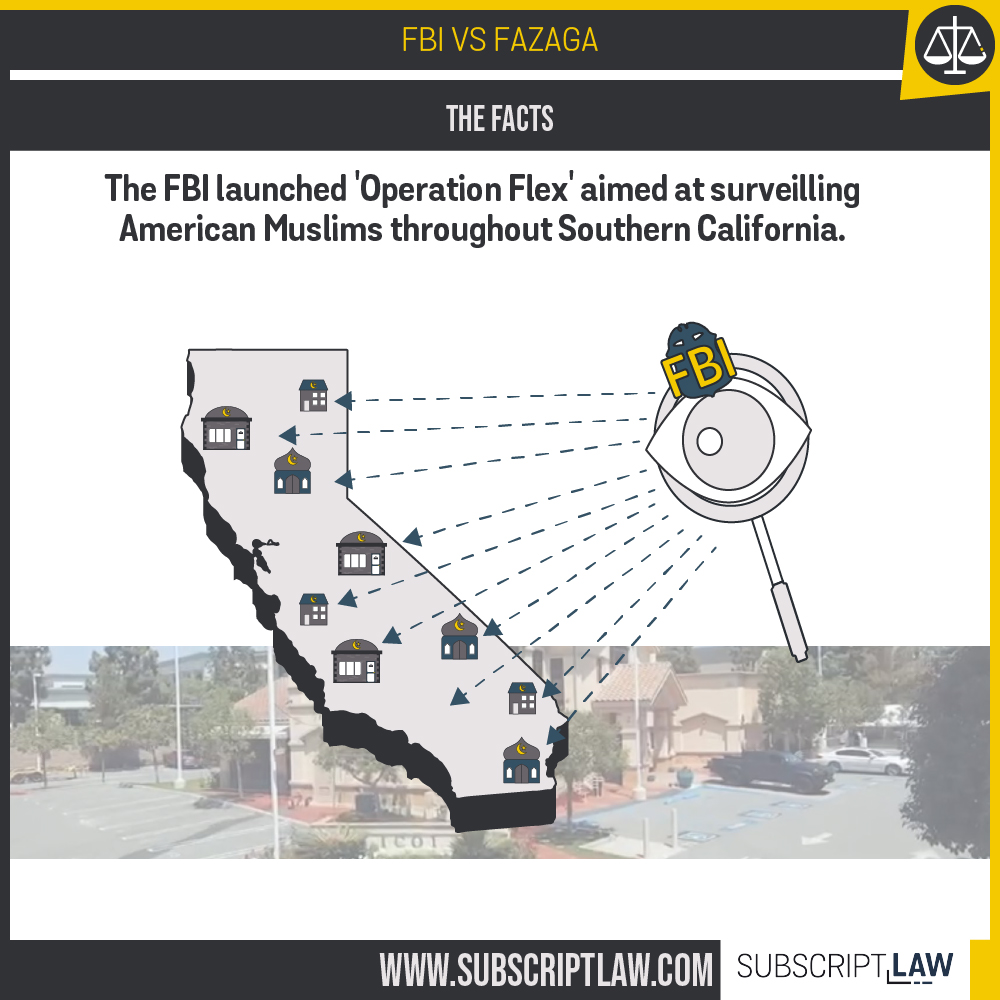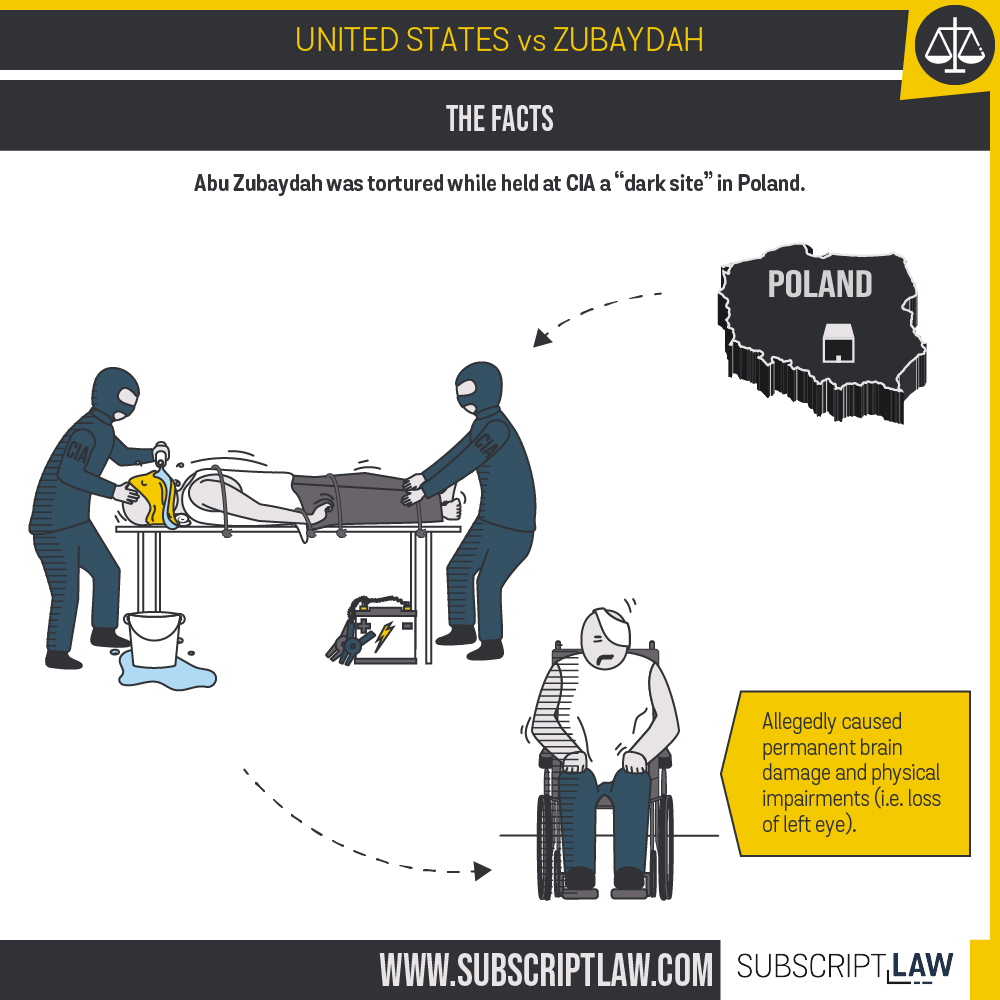The Patent Review Board cannot pick and choose which claims it wants to address in a patent challenge.
If you want to challenge a patent, you’ll use the inter partes review process. It’s there for parties who believe a certain patent is either not novel or it’s obvious (or both). If that’s the case, the patent shouldn’t exist.
Once you file a claim with the Patent Review Board, the Board can either decide to hear your arguments, or it can reject them.
Is there a middle ground?
In this case, SAS had filed a challenge with the Patent Review Board, and the challenge contained 16 claims (16 different reasons the patent should not exist).
The Board decided it would review a few of SAS’s claims, and it just ignored the others. Can the Board pick and choose like that?
Supreme Court ruling
The Supreme Court ruled no. The Court said that the Board can either review all of the claims or none of them. That’s it. And it based its decision on the plain meaning of the language of the law.
See this same-day important patent ruling
Check out the Court’s decision in Oil States Energy Services v. Greene’s Energy Group. The case brought an issue that could have reshaped patent law, and the Court ruled to keep the status quo.






